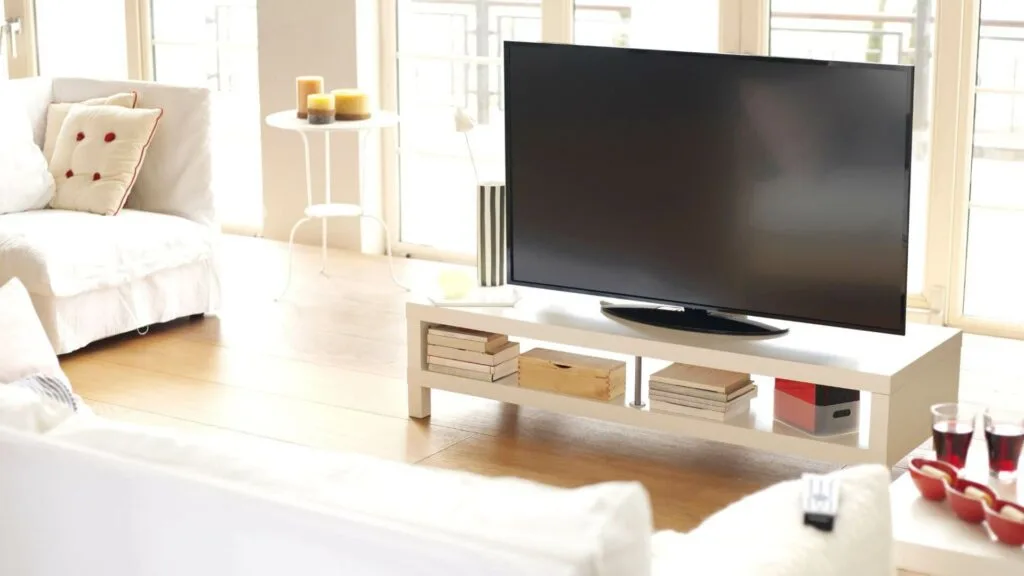Creating an enjoyable TV-watching experience can be challenging for those dealing with hearing loss. However, with some thoughtful adjustments and the right technology, it’s possible to enhance both comfort and clarity while watching your favorite shows and movies. Here are some key features and tips that can help you optimize your home entertainment system to better accommodate hearing difficulties.

1. High-Quality Sound Systems
A high-quality sound system is crucial for improving the audio experience when watching TV with hearing loss. Look for systems that offer clear, crisp sound and adjustable settings. Many modern soundbars and home theater systems come with options to enhance dialogue clarity, making it easier to follow conversations on screen. Additionally, consider investing in wireless headphones specifically designed for TV watching. These can help isolate the sound, reduce background noise, and ensure that you don’t miss a word.
2. Personalized Audio Settings
Most modern TVs come with customizable audio settings, allowing you to adjust the sound output according to your needs. Experiment with different settings, such as increasing the treble and reducing the bass, to make dialogue more distinguishable. Some TVs also offer preset modes, like “Speech” or “Clear Voice,” which can automatically adjust the sound to prioritize spoken words. These settings are particularly useful for individuals who struggle with understanding speech while watching TV.
3. Closed Captioning
Closed captioning is an essential tool for anyone with hearing loss. It provides real-time text on the screen, allowing you to follow along with the dialogue and any important sound effects. Most TV shows and movies offer closed captioning as an option, which can be easily activated through your TV’s settings menu. Some streaming services even allow you to customize the appearance of the captions, including the size, color, and background, to make them easier to read.

4. Room Acoustics and Layout
The layout and acoustics of your living room can significantly impact your TV-watching experience. To improve sound quality, try to minimize any echo or background noise by adding soft furnishings like carpets, curtains, and cushions. These items help absorb sound, making the audio clearer and more focused. Additionally, consider rearranging your furniture so that your seating area is centered in front of the TV and not too far away. This can help ensure that the sound reaches you directly, without distortion.
5. Hearing Aid Compatibility
If you use hearing aids, ensure they are compatible with your TV and sound system. Many modern hearing aids can connect directly to your TV via Bluetooth, providing a direct audio stream that bypasses any ambient noise. This feature is especially beneficial for watching TV with hearing loss, as it delivers clear and personalized sound directly to your ears. You may also explore the possibility of using assistive listening devices designed to work with hearing aids, further enhancing your viewing experience.
6. Streaming Services with Audio Descriptions
In addition to closed captioning, some streaming services offer audio descriptions for certain shows and movies. Audio descriptions provide a narrated explanation of what’s happening on screen, helping to fill in any gaps if you miss visual or audio cues. This feature is particularly helpful for action scenes or moments where non-verbal communication is essential to the storyline.
For additional tips on creating a family-friendly home entertainment space, visit The Coffee Mom.
Conclusion
By incorporating these key features into your home entertainment setup, you can greatly improve your experience of watching TV with hearing loss. Whether it’s through investing in the right technology, adjusting your room’s acoustics, or utilizing built-in accessibility features, there are numerous ways to make TV watching more enjoyable and accessible.

Jessi is the creative mind behind The Coffee Mom, a popular blog that combines parenting advice, travel tips, and a love for all things Disney. As a trusted Disney influencer and passionate storyteller, Jessi’s authentic insights and relatable content resonate with readers worldwide.
